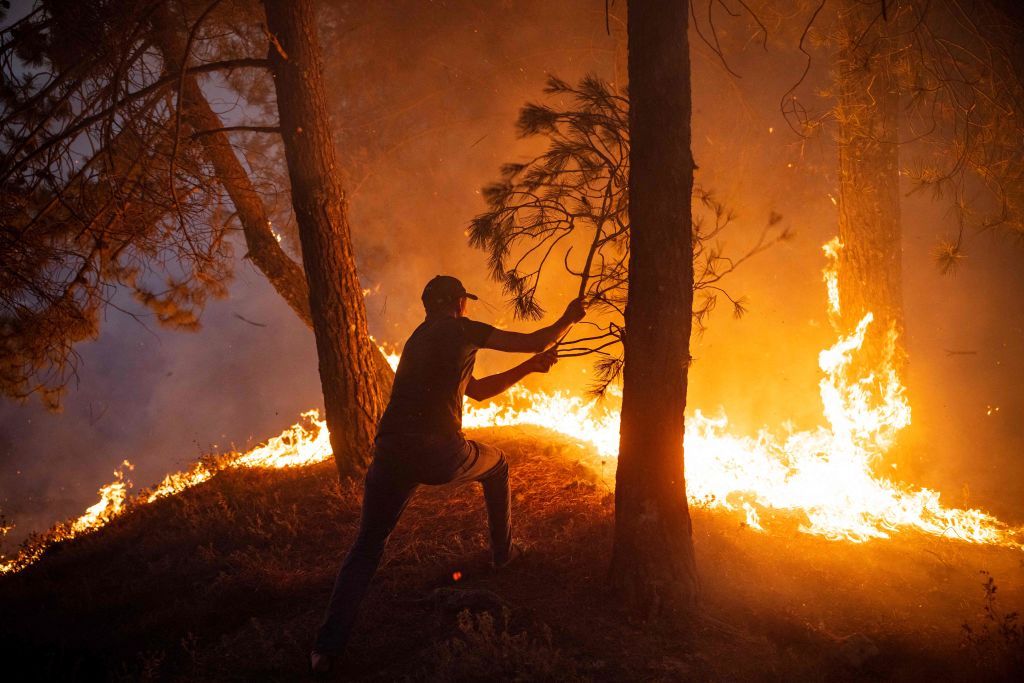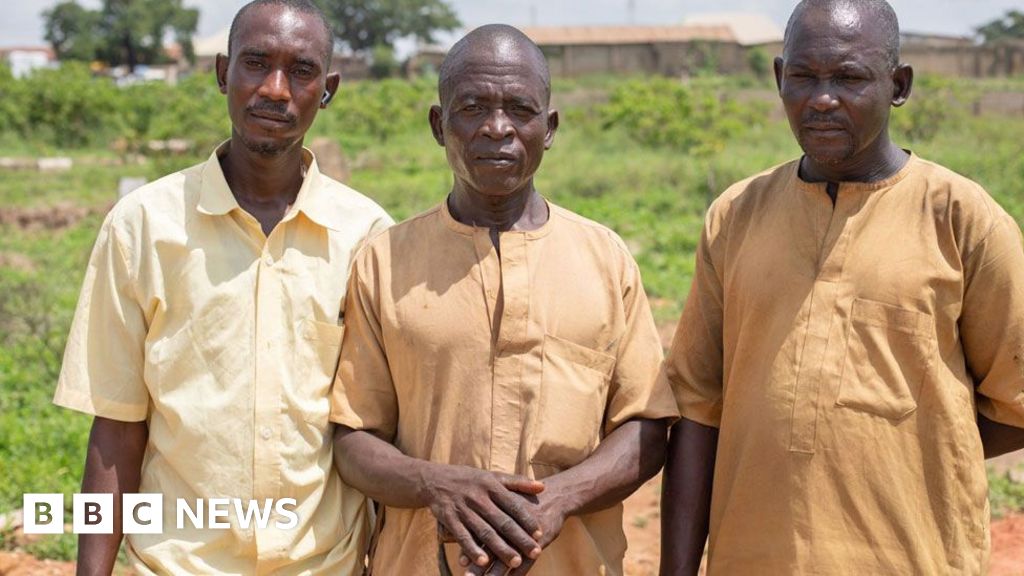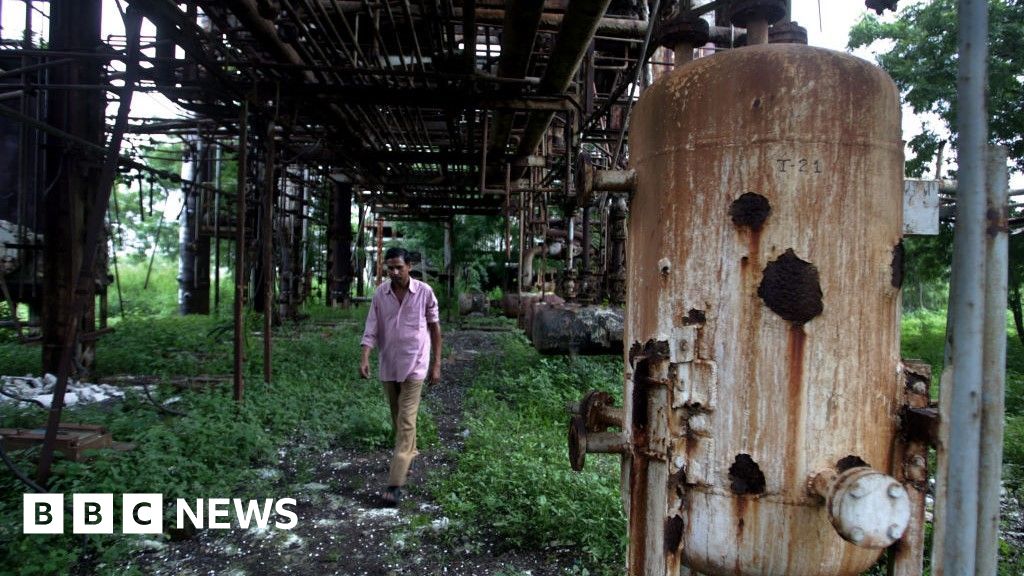ARTICLE AD BOX
By Navin Singh Khadka
Environment correspondent, BBC World Service
 Image source, Getty Images
Image source, Getty Images
A man fighting a wildfire with a branch in northern Morocco last August
Thousands of people have had to flee wildfires in France, Portugal and Spain. Fires are also burning in Alaska, north of the Arctic circle, and across northern Canada, and it's not long since smoke from burning forests in Argentina blotted out the daylight in the capital of Paraguay. Are wildfires becoming more common - and are all countries equipped to handle them?
Experts say that "extreme fire weather" - weather that creates tinderbox conditions for wildfires - is getting more frequent and more extreme, in nearly all regions of the world.
Climate change, they say, is making vegetation more inflammable and soil dryer, which makes fires more likely, and often, when they occur, larger and more severe.
But the effects differ from one region to another and can be influenced by other factors.
The authors of a recent paper in Reviews of Geophysics say some high-latitude forest regions saw an increase of 50% or more in areas that had been already been affected by fire (burned area) in the first two decades of this century.
However, in African savannahs the number of wildfires decreased over the same period, because of land use changes, including the expansion of farming. And this, experts say, is bringing down the overall number of wildfires worldwide, and the total burned area.
"Savannahs are becoming patchy and that is why they are seeing less fire," says Dr Niels Andela, senior remote sensing scientist at BeZero Carbon. "And because they make up 70% of the world's wildfires, we are seeing a decline in the global total of wildland fire incidents."
With each extra degree of warming, the wildfire problem is expected to get worse in most other regions.
A report by the UN Environment Programme published earlier this year forecast a global increase in "extreme fires" of up to 14% by 2030, and 50% by the end of the century.
Image source, Getty Images
Image caption,Wealthier countries, such as Turkey, have aircraft to tackle remote forest fires
The authors pointed out that areas that would rarely have burned in the past, such as permafrost (where the earth is frozen all year round), or rainforest, are now more likely to catch fire.
They also urged governments to prepare better for wildfires - including spending much more on prevention - and added that poorer countries needed help from the international community to cope with the increasing threat.
Dr Joaquin Ramirez, president of the International Association of Wildland Fire, told the BBC there was a stark budgetary gap between more developed and less developed countries. The US's annual budget for firefighting was $10bn (£8.4bn), he said, compared to $50m (£42bn) in Mexico.
In many countries villagers are left to tackle fires themselves, and often with little more than their bare hands.
In May a major wildfire engulfed part of the Sherani pine forest in northern Pakistan, on the border of Balochistan and Khyber Pakhtunkhwa provinces. Its pine nuts are an important source of income, and local people tried to beat out the flames with branches and brooms made of twigs.
Image source, Getty Images
Image caption,A man carries a branch after fighting a wildfire near Cusco, Peru, in October 2020
"It was only after reaching near the fire they realised how big it was," says a villager, Ghulam Sakhi. "The winds were becoming stronger and were fanning the flames."
Mr Sakhi's cousins, Kalaa Khan, 35, and Mohammad Noor, 30, found themselves blinded by heavy plumes of smoke. Disorientated, they ended up walking towards the flames, and were overwhelmed by them, he says, leaving widows and children who must now try to survive without a breadwinner.
"We have no support, no resources to fight such wildfires," says Mr Sakhi.
Disaster management authorities were unaware of the fire, says climate activist Salmeen Khpalwak, and didn't respond initially to requests for help.
Days later a helicopter was sent to pour water on the fire, without results.
It was only after Iran sent a plane capable of dumping thousands of tonnes of water that much of the fire was put out. By this stage around 40% of the 26,000 hectares of forest had been destroyed, local sources told the BBC.
Image source, Getty Images
Image caption,Firefighters in Honduras are equipped with protective suits, but may also resort to beating flames with branches
Zaheer Mirza, who works for the Margalla Hills national park near the Pakistani capital, Islamabad, says staff there also lack training and equipment.
To put fires out, they mostly rely on home-made fire beaters, he says. To prevent fires spreading they make fire breaks, "but they are proving to be very inadequate and wildfires are becoming increasingly severe".
In the fight against climate change it's often argued that too much of the available funding is spent on mitigation - reducing the amount of carbon and other warming gases released into the atmosphere - and too little on helping countries adapt to cope with the consequences of climate change.
And of the money that is spent on adaptation, very little is spent on help to fight wildfires, says Duncan Macqueen of the International Institute for Environment and Development. While working in Belize a few years ago, Mr Macqueen was aware of just one wildfire training project, supported by the US Forest Service.
"But that was just one place where it happened. No other place in the country had any training or support like that.
"If that is the case in a country that has graduated from a least-developed country to a developing country, imagine what might be happening in other poorer countries in the region."

 2 years ago
55
2 years ago
55








 English (US) ·
English (US) ·